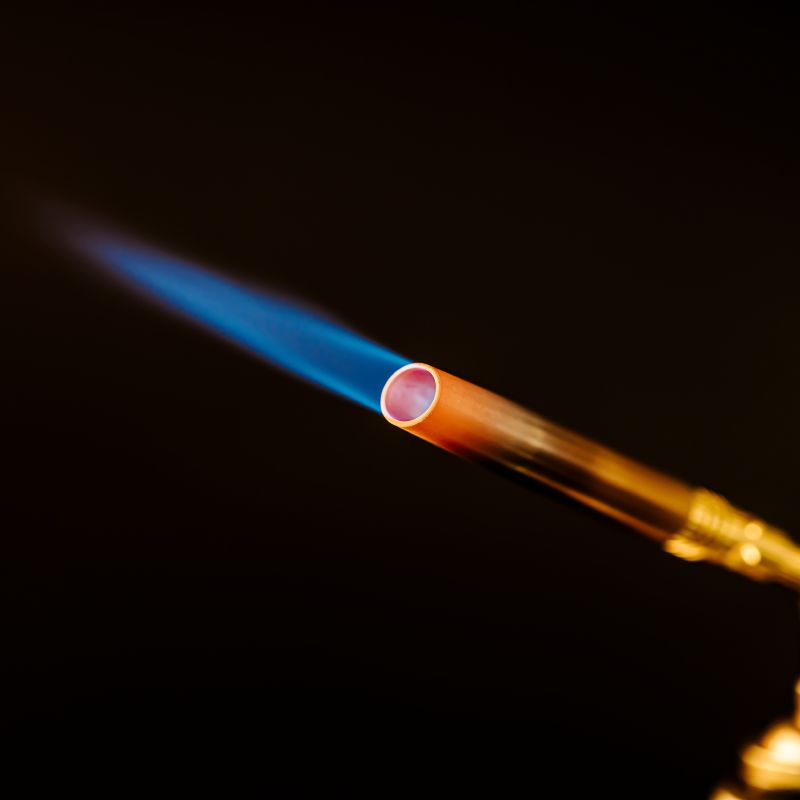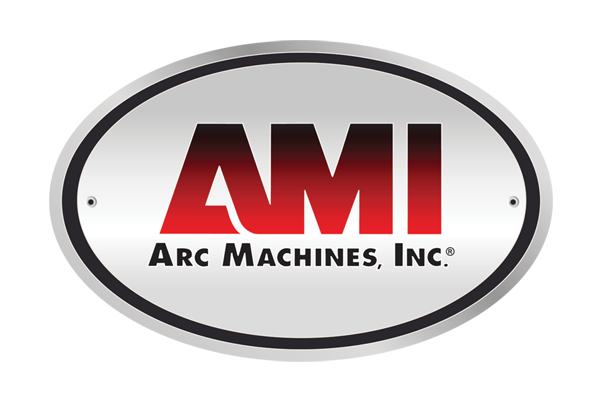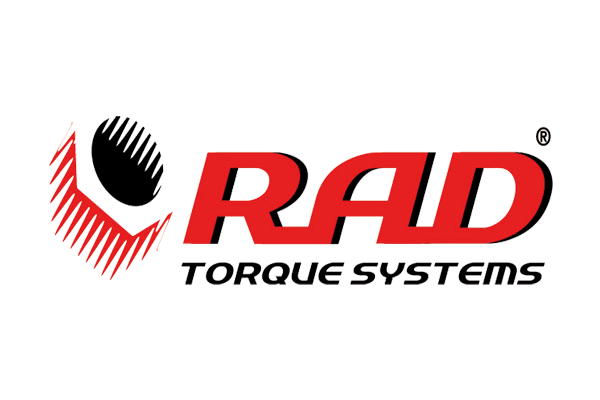What’s the Difference Between Welding & Brazing?
When it comes to joining metals, welding and brazing are two commonly used techniques, each with distinct methods and applications. While both processes serve the same fundamental purpose of creating a strong bond between metal pieces, they differ significantly in terms of the approach, required equipment, and the resulting joint characteristics.
Let’s look at the difference between welding and brazing to understand when to use each method.
Welding
Welding is a fabrication process that involves melting the base metals together using heat and pressure, often with the help of an added filler material. The heat source can be an electric arc, gas flame, or laser beam. After the metal melts and fuses, it forms a strong bond once cooled down. This bond results in a permanent joint that is as strong as the base metals themselves.
Types of Welding
There are various types of welding processes, including MIG (Metal Inert Gas), TIG (Tungsten inert gas), and stick welding. Each type has its unique characteristics and applications.
For example, MIG welding is commonly used for thicker metals, while TIG welding is preferred for thinner and more delicate materials. Stick welding, on the other hand, is ideal for outdoor or remote worksites.
Brazing
Brazing, on the other hand, uses a filler metal with a lower melting point than the base metals to join them together. The heat source used in brazing can be a gas flame, furnace, or induction coil. Unlike welding, where the base metals themselves are melted and fused, brazing only melts and bonds the filler metal to create a joint between the base metals.
Types of Brazing
Similar to welding, there are different types of brazing processes, such as torch brazing, furnace brazing, and dip brazing. Each type is suitable for specific applications depending on the base metal and the desired joint strength.
Which One To Use?
The decision to use welding or brazing depends on various factors, including material type, joint strength required, and application. Welding is typically used for more robust joints that require high strength. At the same time, brazing is better suited for joining dissimilar metals or delicate materials where heat distortion can be an issue. Additionally, welding is a permanent process, whereas brazing allows for disassembly and reassembly of the joint if needed.
In some cases, both techniques may be used together in a process known as braze welding. This process combines the benefits of both methods by using both filler metal and melting the base metals to create a strong bond.
While both welding and brazing are effective methods for joining metals, they differ in their approach and application. Depending on the specific project requirements, either technique can be used to create a strong and durable joint between metal pieces. Understanding the differences between these processes can help you choose the best method for your needs and ultimately achieve optimal results.
If you need orbital pipe welding equipment for your welding projects, SEC Industrial has a wide range of options. Browse our website for more information and get high-quality equipment for your welding needs.









